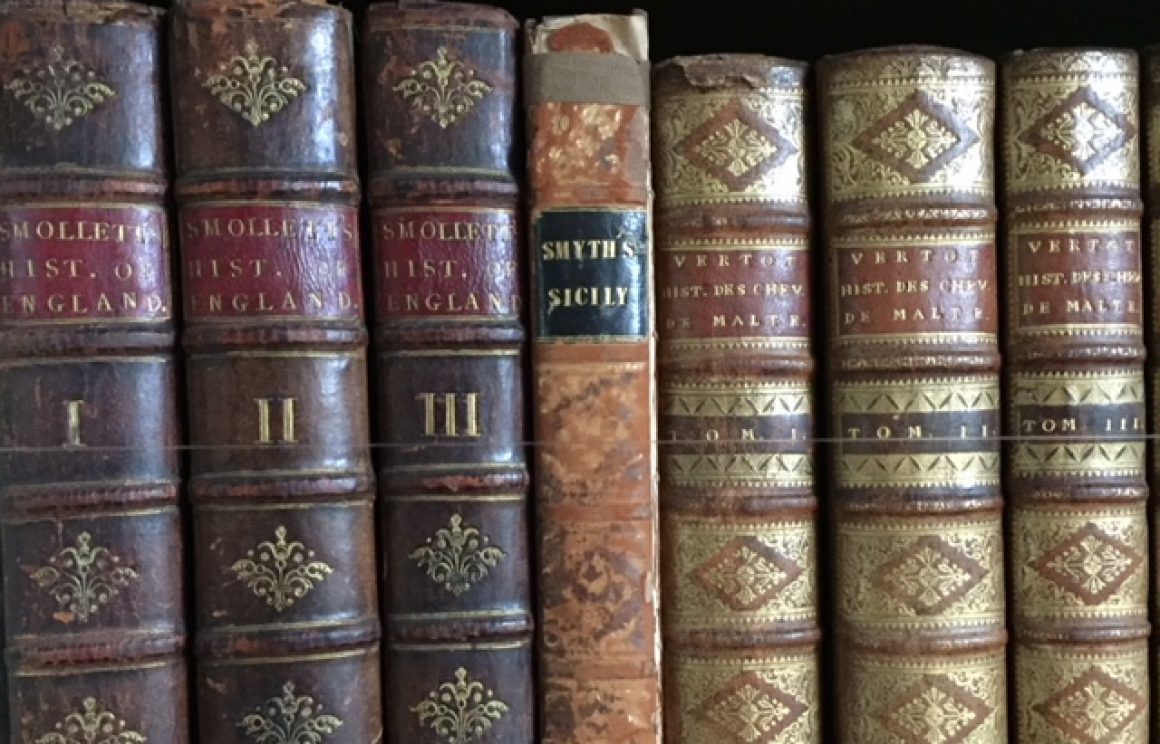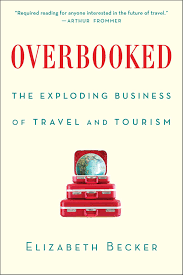
Here is a love story between a retired science professor and an antiques dealer. It’s also a story of hiding and shedding the past, human behavior as it mimes beetle traits, and the seductive trap of obsession.
Dr. Tristan Martens finds his mother’s sewing table by chance in a Manhattan antiques shop owned by Cora Lowenstein. Tristan is obsessed with recovering the sewing table which he’d last seen during World War II in Holland. He recognizes the table because of a phrase written on the underside “When the Jews are gone, we will be the next ones” scratched long ago by Tristan and his sister Isolde. Might their names bear other meanings?
At times, Tristan seems too frail and vulnerable to be a retired NYC professor, albeit a solitary entomologist. More butterfly chaser than durable hard-shell beetle man, he embarks on a mildly calculated seduction of Cora as subterfuge to acquire the sewing table. Instead of persuading her to sell the cabinet, Dr. Martens becomes entranced by Cora. In time, Cora displaces the piece of furniture to become the object of Dr. Martens’ quest and she has a secret.
A compelling read from start to finish, the prose gleams with memorable allusions to entomological science. Tristan Martens wonders if he had never been born, would he be… “lying, an unfertilized clump in the honeycombs of the universe.” He imagines the academic progress of Elida Hernandez, the graduate student he mentors, “climbing her green reed. I watched her grasping, reaching, hand over hand.” His ex-wife was nearly killed when “the train slammed into our station wagon and sent it flying through the air with its green doors flapping like grasshopper wings…” Of himself, he decides that there’s “nothing enticing about the cracked carapace of a man. When he loses his front, he puts his robe on quickly… .”
Ultimately, Tristan’s life-long beetle collecting and Elida’s pursuit of minutely different evolutionary changes in the cerambycid species that she’s tracking in the Arizona desert become emblems the novel’s main characters. People may appear to be of similar age, upbringing, sensibility, but have profound differences only visible with microscopic inspection and focused attention. Tristan muses, “I wanted Cora Lowenstein to be exactly like me. Mistrustful of the world beyond the simplest, hardest evidence.” As the story deepens, Martens reflects on his family origins, their history in Holland and Germany and withholds the details from Cora.
Cora’s own secret is Sandor, her husband cocooned away in a nursing facility. After his heart stopped during minor surgery, he’d sunk into a profound coma and was “reduced to an empty shell.” Tristan is a shell too, an armored beetle covering his desire for Cora and shame for his family’s history. Perhaps the only dent in this polished novel is that occasionally the dialogue falters. A conversation between the young Tristan and his sister about general wartime poverty and waiting has Tristan asking “When do we get ours?” a colloquialism tuned more to the upwardly mobile late 20th century.
The novel ends in a filigree of disconnected and elliptical statements meant by the two friends, Cora and Tristan, to cover their discomfort in talking about their present day situation. As a cap for the story, this smattering of words confuses rather than clarifies. The Christmas Eve dinner scene with Elida’s family seemed off-base, as if the phrases were lifted from a different encounter.
Yet the author’s careful imagery is sustained throughout the book, providing technical structure and poetic allusion. During the Hernandez family gathering, Martens mentions that he became interested in entomology by watching carrion beetles during his work as an apprentice butcher. “They clean up the dirty work. Absolutely essential to life,” says Elida. Twenty-four pages later Cora alludes to the same tasks: “your people did the housekeeping” referring to Martens’ Nazi-supporting parents. Looming behind the story is always Tristan Martens’ past, growing up the child of Nazi collaborators in Holland, though Cora excuses him. “You were just a child,” she says, several times.
Yet some of Tristan is a child still. The boy who crawled under the sewing table to retreat from a disturbing world shows a child’s grasp of the complexities of adult friendships. His more recent past is also a puzzle to him – an ex-wife and a Christian zealot adult son, both living in Texas. Rather than examine the complexities of the human psyche, Tristan uses an insect explain his son’s harsh letters insisting that Tristan embrace the Supreme (Divine) Authority. The species is a New Guinean fly with “armored, spearlike protuberances that brandish from just below their widely separated eyes … [all] he can do then is wiggle his legs, unable to move, living in dread of the scavenger ants… .” Tristan hides in his apartment when events proceed in ways he didn’t anticipate and others’ take actions he hasn’t orchestrated.
At novel’s end, it’s not clear whether Tristan understands the world and its people are not beetles in a display case. The story bears witness to his coming out to take a look, and shows him ultimately going back to emotional hiding. Perhaps, like the scarabs placed atop the hearts of ancient Egyptian mummies to remind the heart not to bear witness against the self, Tristan decides against judging himself too harshly.
The Deadwood Beetle. Mylene Dressler BlueHen Books, a member of Penguin Putnam Inc. 226 pages ISBN 0-399-14805-1
A similar review by L. Peat O’Neil previously appeared in The Bloomsbury Review.












